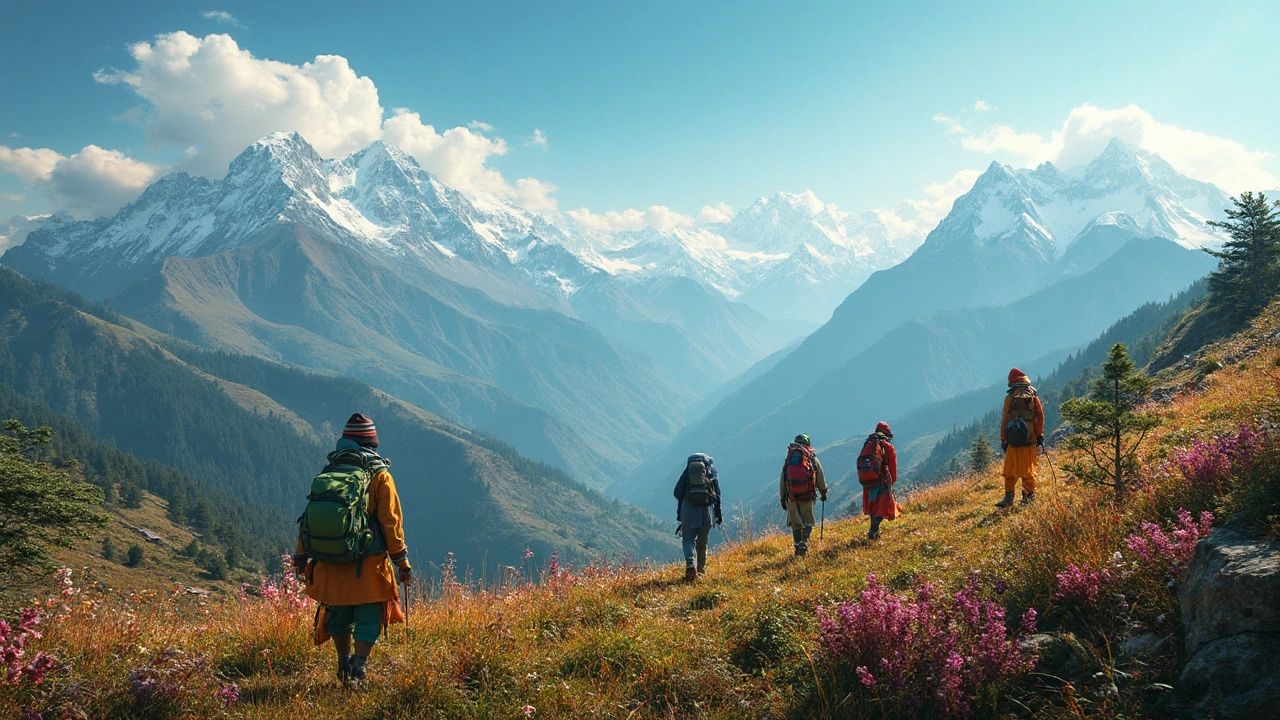SEARCH
Indian Trekking Season: When & Where to Hike
Thinking about a trek in India but not sure when to go? The country’s climate varies a lot, so the right time depends on the region you want to explore. Below you’ll find a quick guide that matches months to the most popular trekking zones, plus practical tips to keep you safe and comfortable on the trail.
Best Months by Region
Himalayas (North India): Late September to early December and March to May are the sweet spots. After the monsoon, the mountains are clear and the air is crisp. Winter snow makes high passes tricky, while May brings warmer days but also the start of the pre‑monsoon showers.
Western Ghats (South India): November to February offers cool evenings and dry trekking conditions. The monsoon (June‑September) turns many trails into slippery mud baths, so avoid that window unless you’re chasing waterfalls and don’t mind the rain.
Aravalli & Rajasthan deserts: October to February are ideal. Temperatures stay comfortable, and night skies are perfect for stargazing. Summer (April‑June) can be brutally hot, making long walks exhausting.
Eastern Himalayas (Sikkim, Arunachal): March to June and September to November work best. These months give you clear views of snow‑capped peaks without the heavy snowfall that blocks passes in deep winter.
North‑East (Meghalaya, Assam): October to March is the drier, cooler period. Monsoon months (June‑September) flood many forest trails, so plan ahead if you want to explore the tea‑garden routes.
Practical Tips for Every Trek
1. Check the weather forecast a few days before you leave. Even in the “best” season, sudden storms can appear, especially in the mountains.
2. Pack layers. A lightweight base, an insulating mid‑layer, and a wind‑proof shell cover most conditions. The 3‑layer rule works everywhere, from the chilly Himalayan ridges to the milder Western Ghats.
3. Stay hydrated. Altitude hikes make you lose fluids faster. Carry a reusable bottle and add electrolyte tablets if you sweat a lot.
4. Know the trail permits. Some Himalayan routes (like the Everest Base Camp equivalent in India) need official permission. The local forest department office can sort it out.
5. Pick the right shoes. A sturdy, waterproof pair with good ankle support is a game‑changer. Avoid new shoes on long treks – break them in first.
6. Carry a basic first‑aid kit. Include band‑aids, antiseptic wipes, painkillers, and any personal medication. A blister pad can save you a lot of pain.
7. Respect local communities. Many trekking routes pass through villages. A smile, a few words in the local language, and buying a small souvenir go a long way.
When you line up the right season with solid prep, trekking in India becomes an unforgettable adventure. Whether you’re chasing Himalayan sunrise views or the misty waterfalls of the Western Ghats, the country offers a trail for every skill level. Pick your month, pack smart, and hit the path – the best Indian trekking season is waiting for you.

Best Months for Trekking in India: Your Ideal Adventure Timing
Wondering when to hit the trails in India for the ultimate trekking experience? Discover insights into the best months for trekking across India, taking into account weather conditions, trail accessibility, and stunning scenic beauty. From the cool vibes of winter in the south to the breathtaking Himalayan views in autumn, find out how to plan your trek to match the region and season. This guide helps you align your trekking plans with the perfect timing for an unforgettable adventure in India.
Continue reading